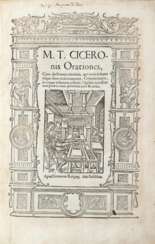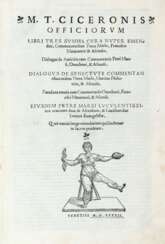marco d&
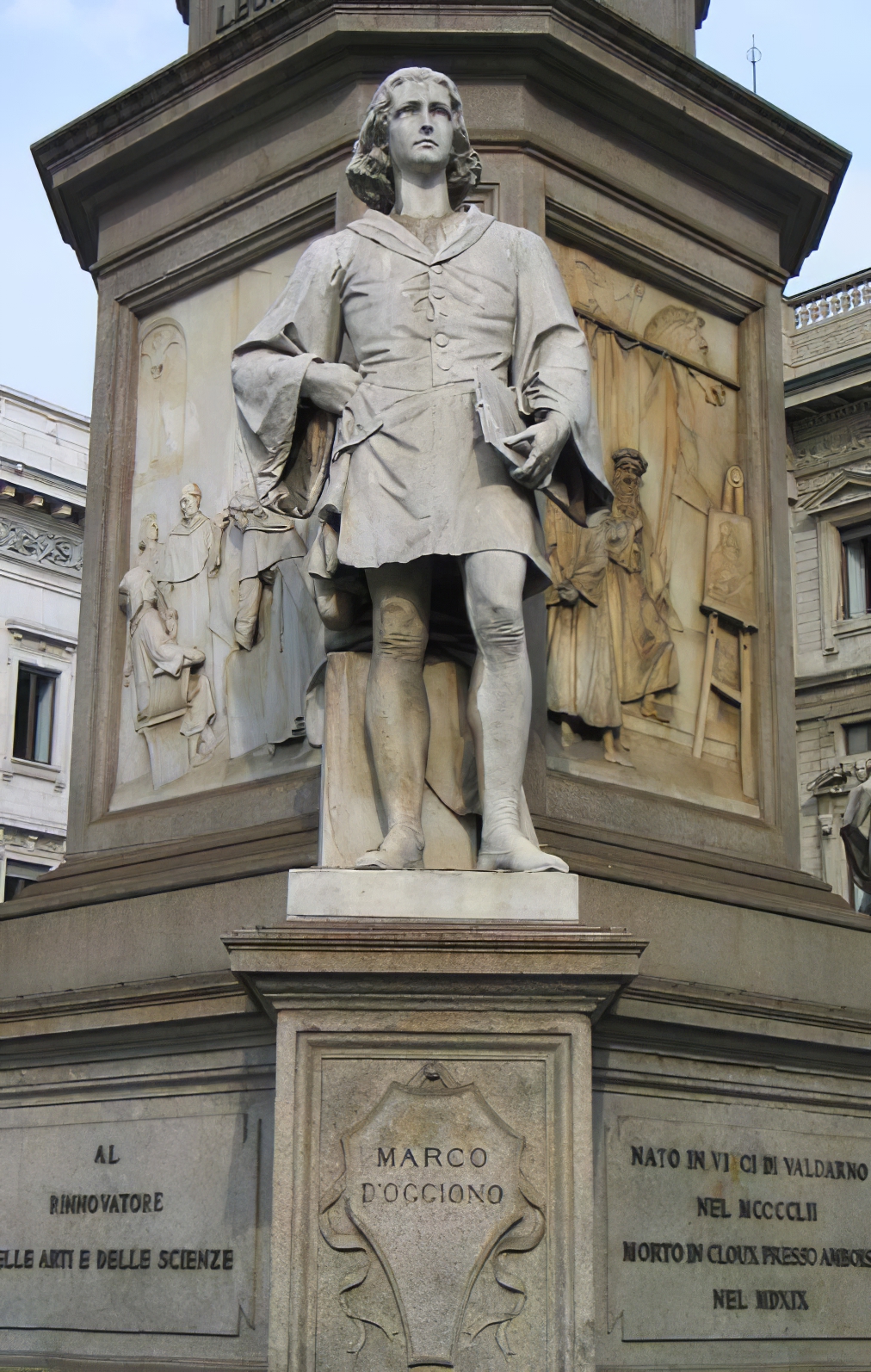
Marco d'Oggiono was an Italian Renaissance painter and a chief pupil of Leonardo da Vinci, many of whose works he copied.
He was a hard-working artist, but his work has since been criticized by some for paintings are wanting in vivacity of feeling and purity of drawing, while, in his composition, it has been well said that "intensity of color does duty for intensity of sentiment". He copied Leonardo's Last Supper repeatedly, and one of his best copies is in the possession of the Royal Academy of Arts.
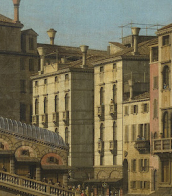
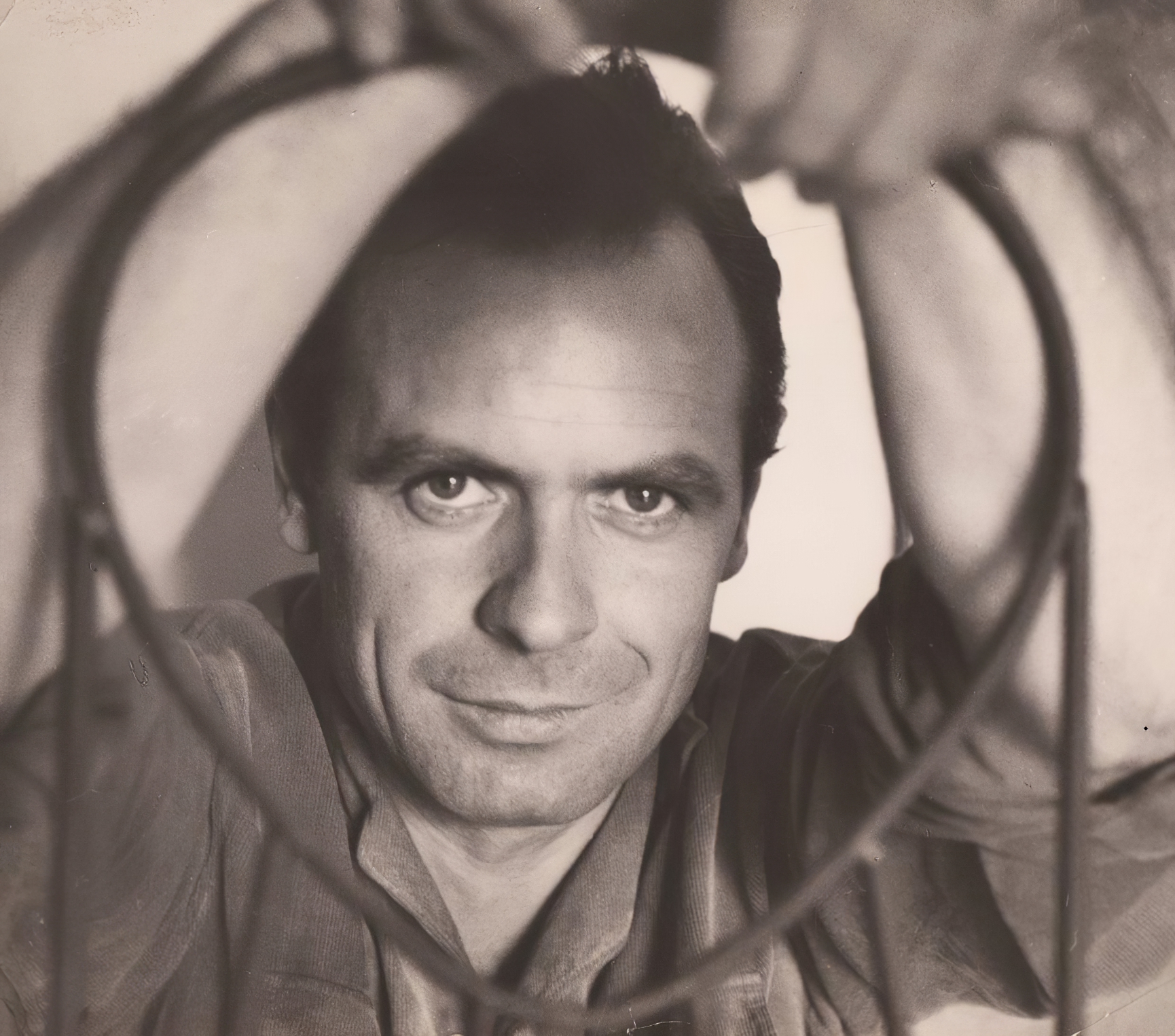
Marcos Grigorian was an Iranian-Armenian artist and gallery owner, and he was a pioneer of Iranian modern art.
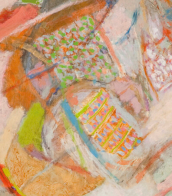
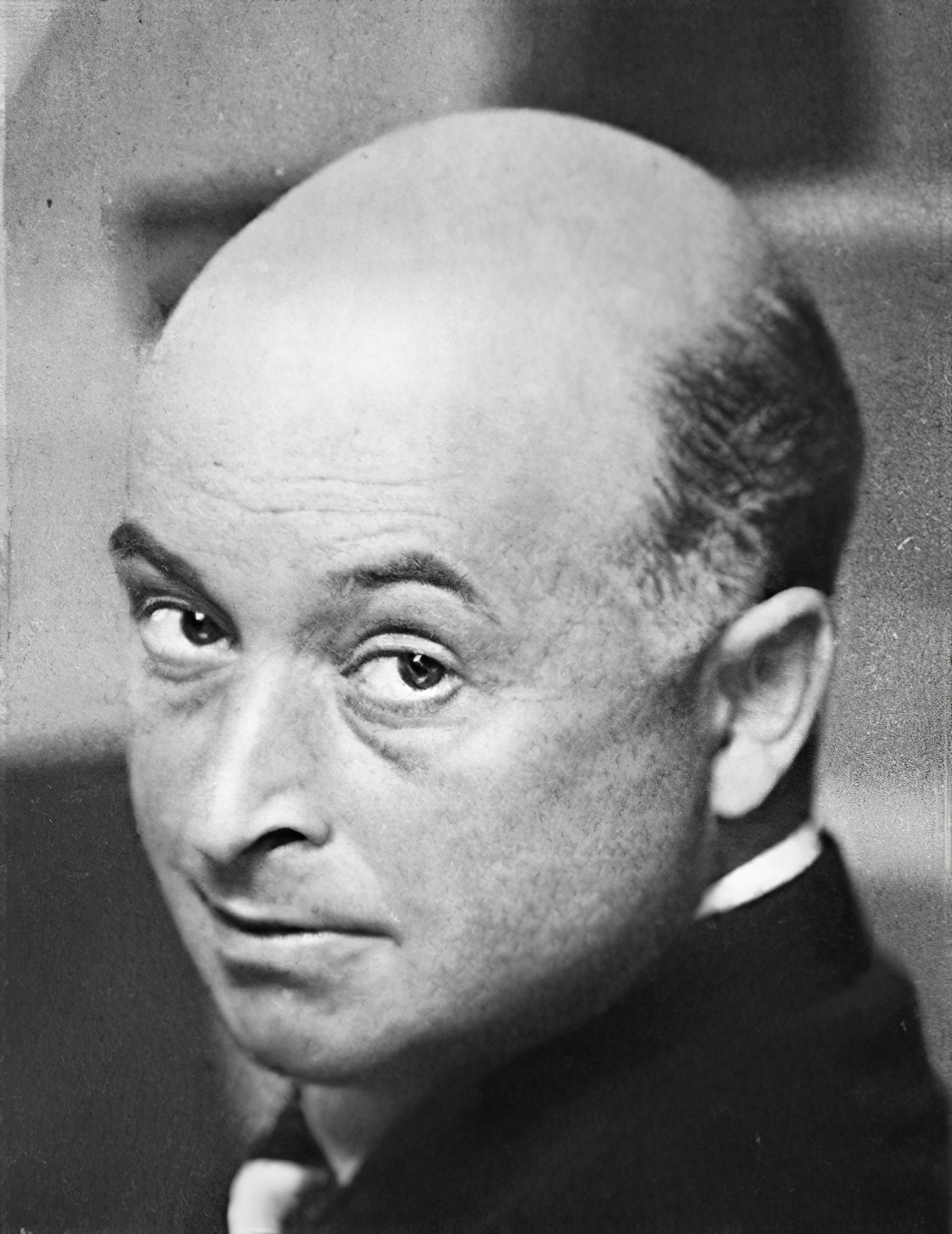
Louis Marcoussis (Ludwig Casimir Ladislas Markus) was a painter and engraver of Polish origin who lived in Paris for much of his life and became a French citizen.


Louis Marcoussis (Ludwig Casimir Ladislas Markus) was a painter and engraver of Polish origin who lived in Paris for much of his life and became a French citizen.
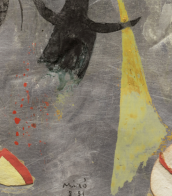

Louis Marcoussis (Ludwig Casimir Ladislas Markus) was a painter and engraver of Polish origin who lived in Paris for much of his life and became a French citizen.
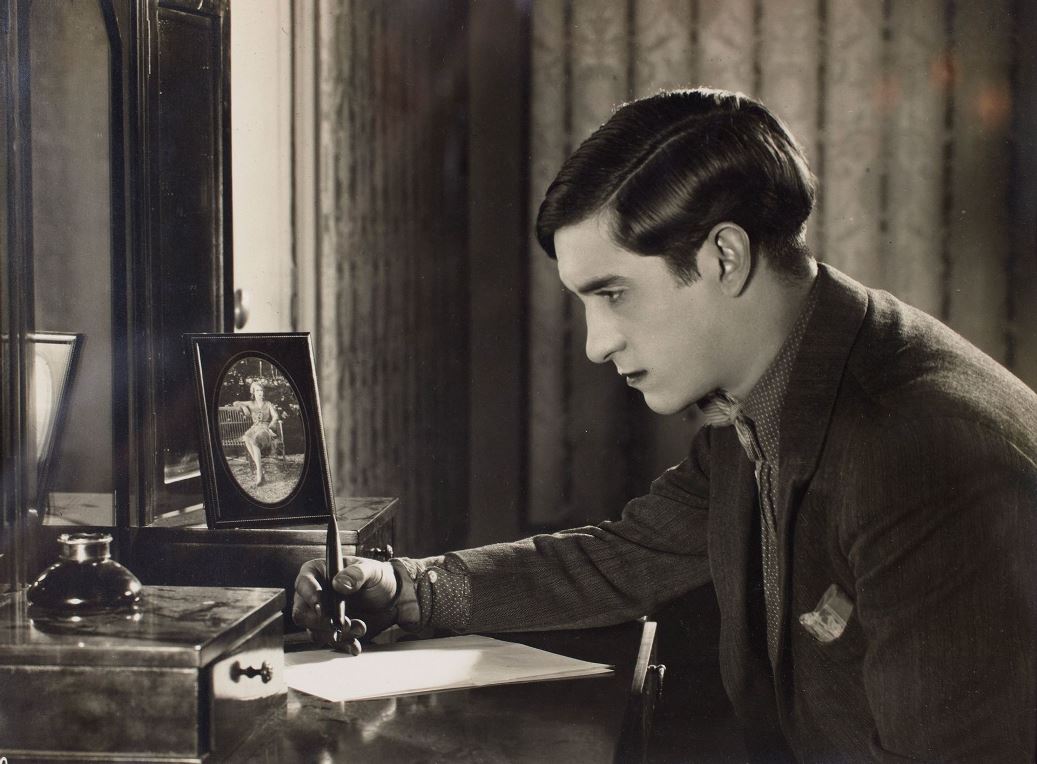

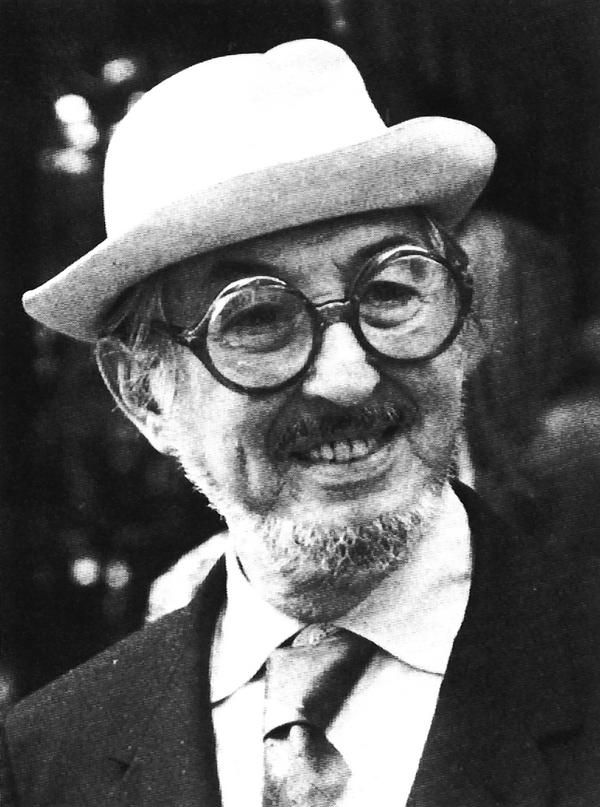
Carlo Scarpa was an Italian architect, influenced by the materials, landscape and the history of Venetian culture, and by Japan. Scarpa translated his interests in history, regionalism, invention, and the techniques of the artist and craftsman into ingenious glass and furniture design.
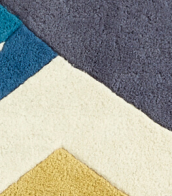

Carlo Scarpa was an Italian architect, influenced by the materials, landscape and the history of Venetian culture, and by Japan. Scarpa translated his interests in history, regionalism, invention, and the techniques of the artist and craftsman into ingenious glass and furniture design.


Carlo Scarpa was an Italian architect, influenced by the materials, landscape and the history of Venetian culture, and by Japan. Scarpa translated his interests in history, regionalism, invention, and the techniques of the artist and craftsman into ingenious glass and furniture design.
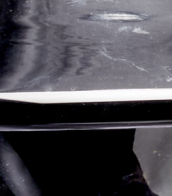

Carlo Scarpa was an Italian architect, influenced by the materials, landscape and the history of Venetian culture, and by Japan. Scarpa translated his interests in history, regionalism, invention, and the techniques of the artist and craftsman into ingenious glass and furniture design.

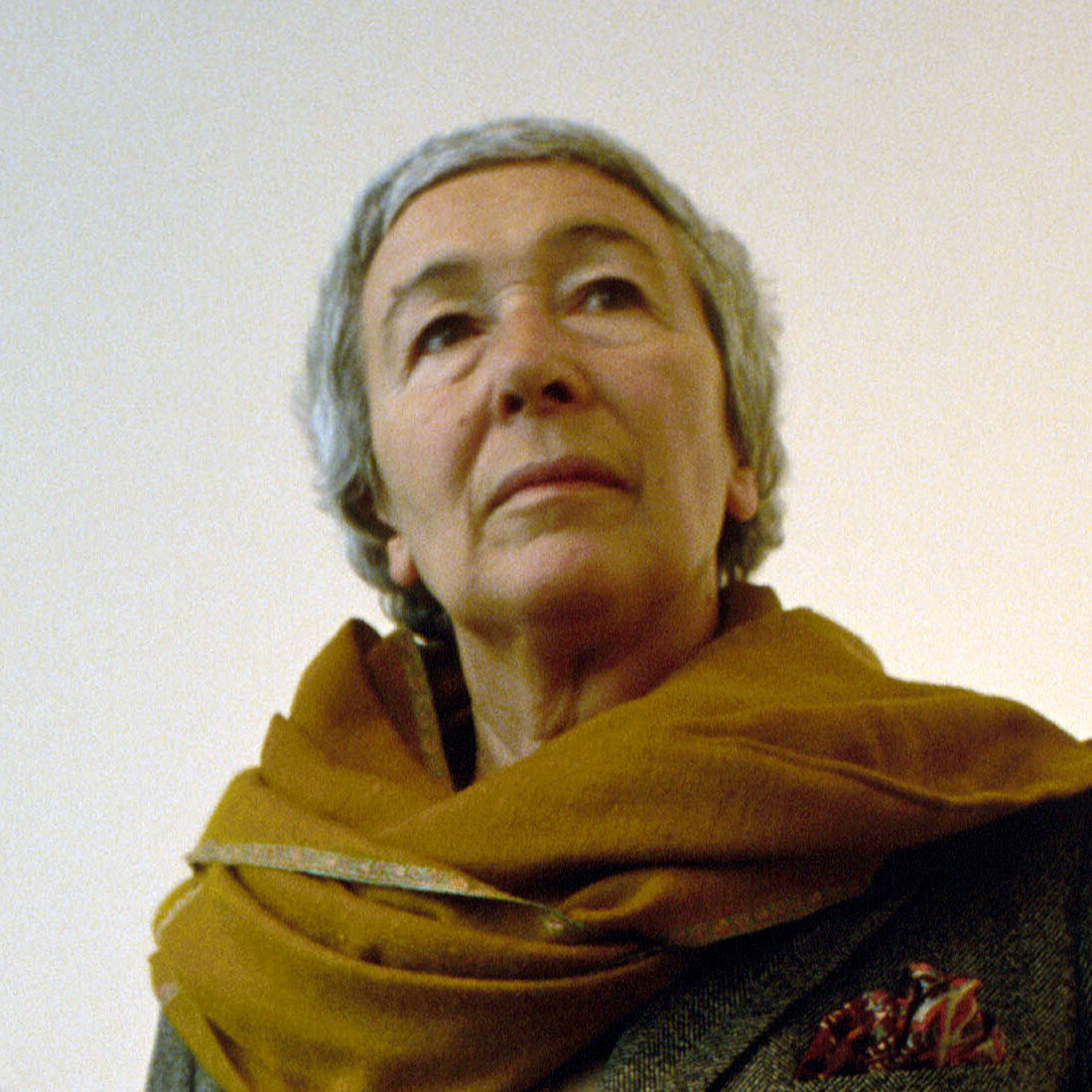
Gaetana (Gae) Aulenti was an Italian architect and designer who was active in furniture design, graphic design, stage design, lighting design, exhibition and interior design. She was known for her contributions to the design of important museums such as the Musée d'Orsay in Paris (in collaboration with ACT Architecture), the Contemporary Art Gallery at the Centre Pompidou in Paris, the restoration of Palazzo Grassi in Venice, and the Asian Art Museum of San Francisco (in collaboration with HOK Architects). Aulenti was one of only a few women architects and designers who gained notoriety in their own right during the post-war period in Italy, where Italian designers sought to make meaningful connections to production principles, and influenced culture far beyond Italy. This avant-garde design movement blossomed into an entirely new type of architecture and design, one full of imaginary utopias leaving standardization to the past.

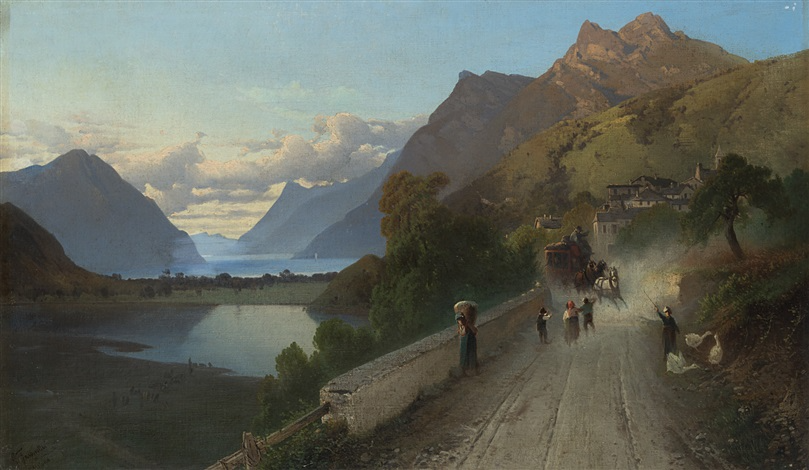
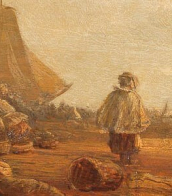
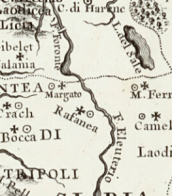

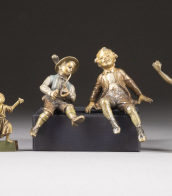




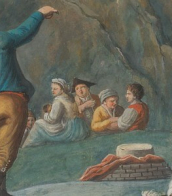
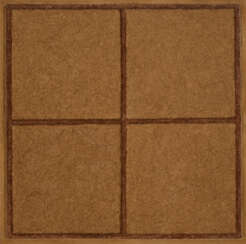

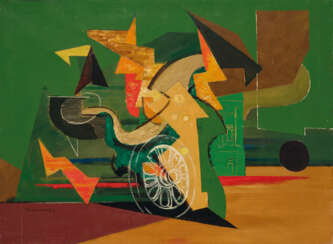



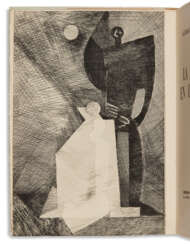

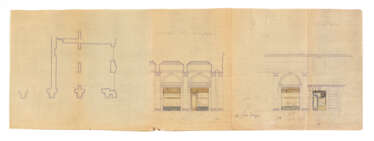

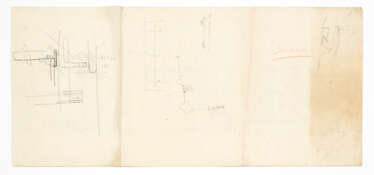

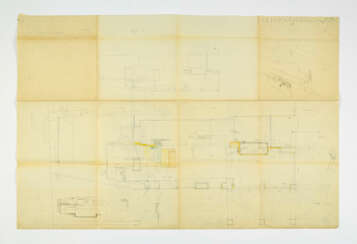



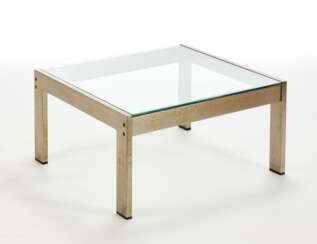

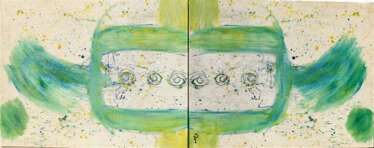


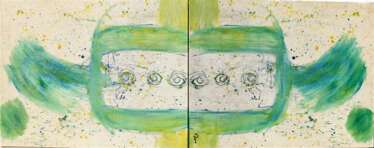

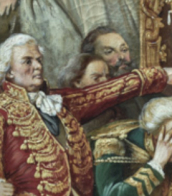


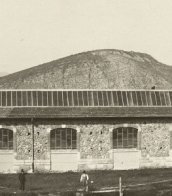
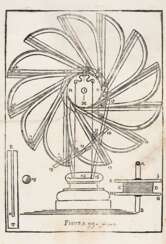

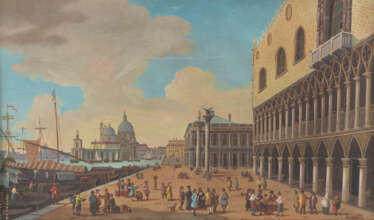

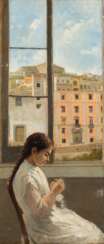

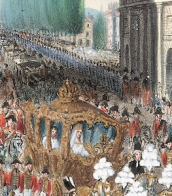
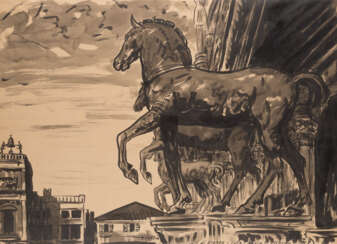

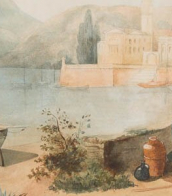
![[BINDING] - CICERONE, Marco Tullio (106 A.C.-43 A.C.) - Epistolarum volumen primum, quod est librorum XVI. Strasbourg: Iosias Rihelius, 1579.](/assets/image/picture_1242093/2b7bd/ubwrsrt56tvscs23af83okaoojrmoih54tutrhouanqyarwllumadxyyvpi2zyfo1608650265jpg__fix_374_244.jpeg)
![[BINDING] - CICERONE, Marco Tullio (106 A.C.-43 A.C.) - Epistolarum volumen primum, quod est librorum XVI. Strasbourg: Iosias Rihelius, 1579.](https://veryimportantlot.com/assets/image/picture_1242093/2b7bd/ubwrsrt56tvscs23af83okaoojrmoih54tutrhouanqyarwllumadxyyvpi2zyfo1608650265jpg__fix_374_244.jpeg)
![[RISORGIMENTO] - Lotto di due rari giornali Veneziani: Sior Antonio Rioba. Venezia: Giustinian, 1848 [E:] San Marco, giornale politico. Venezia: Canal, Piermartini, 1848-49.](/assets/image/picture_1242208/f4dab/b3-vzfbjo3xtx87bsing1avbjyd4dasrkdojesngksvbyb00onl5xx9i1h3vruos1608650265jpg__fix_374_244.jpeg)
![[RISORGIMENTO] - Lotto di due rari giornali Veneziani: Sior Antonio Rioba. Venezia: Giustinian, 1848 [E:] San Marco, giornale politico. Venezia: Canal, Piermartini, 1848-49.](https://veryimportantlot.com/assets/image/picture_1242208/f4dab/b3-vzfbjo3xtx87bsing1avbjyd4dasrkdojesngksvbyb00onl5xx9i1h3vruos1608650265jpg__fix_374_244.jpeg)
![QUADRI, Antonio (1776-1849) - Il Canal Grande di Venezia. Venice: Tipografia Andreola, 1828 - [LEGATO CON:] - La Piazza di San Marco. Venezia: Tipografia del Commercio, 1831.](/assets/image/picture_1242414/78273/uxyonczhqtkfqr2zzeyho7j94xvwgct2w9f599ggk2gwip21ixp9j3dq3mvowknr1608651686jpg__fix_374_244.jpeg)
![QUADRI, Antonio (1776-1849) - Il Canal Grande di Venezia. Venice: Tipografia Andreola, 1828 - [LEGATO CON:] - La Piazza di San Marco. Venezia: Tipografia del Commercio, 1831.](https://veryimportantlot.com/assets/image/picture_1242414/78273/uxyonczhqtkfqr2zzeyho7j94xvwgct2w9f599ggk2gwip21ixp9j3dq3mvowknr1608651686jpg__fix_374_244.jpeg)
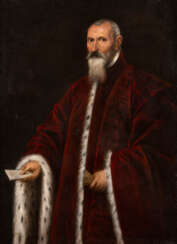



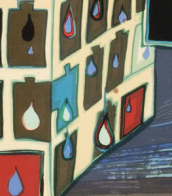
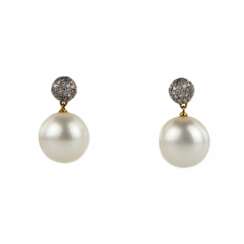


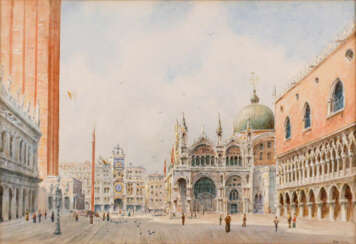


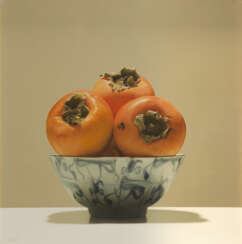


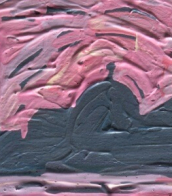
![[BINDING] - CICERONE, Marco Tullio](/assets/image/picture_942441/4f006/ol6q0pz7iwjjpuu6flgnqnvgi5nbj8vrp9uxezg40kl9khxr4gnznl62vvlht1596201881jpg__fix_374_244.jpeg)
![[BINDING] - CICERONE, Marco Tullio](https://veryimportantlot.com/assets/image/picture_942441/4f006/ol6q0pz7iwjjpuu6flgnqnvgi5nbj8vrp9uxezg40kl9khxr4gnznl62vvlht1596201881jpg__fix_374_244.jpeg)
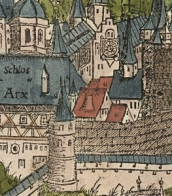
![[GRIDA: PROMESSI SPOSI, L'INNOMINATO]. - Milan: Regia Ducal Corte per Pandolfo e Marco Tullio Malatesta, 1614.](/assets/image/picture_1241996/9530b/gntsugkhtivjwmsziuwlc00woxnp7z8cyan-9dgotw0rjfelhd6w9ebvwsawcu1608650265jpg__fix_374_244.jpeg)
![[GRIDA: PROMESSI SPOSI, L'INNOMINATO]. - Milan: Regia Ducal Corte per Pandolfo e Marco Tullio Malatesta, 1614.](https://veryimportantlot.com/assets/image/picture_1241996/9530b/gntsugkhtivjwmsziuwlc00woxnp7z8cyan-9dgotw0rjfelhd6w9ebvwsawcu1608650265jpg__fix_374_244.jpeg)
